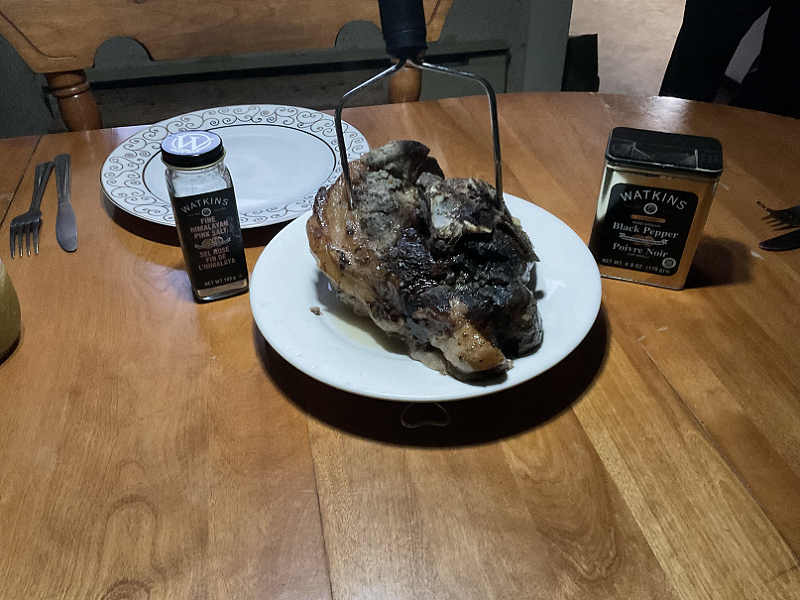Helping Children Find Their Voice: A Look at the Gemiini Program

At Briden Farm, we care about more than just growing fresh produce and raising animals — we care about the families in our community. Sometimes, the most important things we grow aren’t in the soil, but in the hearts and minds of the children around us. That’s why we want to share a resource that’s helping children develop speech and communication skills from the comfort of home: The Gemiini Program.
What Makes Gemiini Special …
Gemiini is an online therapy program that uses short, focused videos to teach speech, reading, social, and life skills. It’s designed to support children with:
- Autism
- Down Syndrome
- Speech delays
- Other developmental differences
By showing small, repeatable video lessons, Gemiini helps children learn at their own pace, building confidence and independence. Families can practice anytime, making it a perfect fit for busy farm life — or any home.
Real Impact for Families
Across Canada, parents are seeing remarkable results:
- First words spoken
- Better social interaction
- Increased independence in daily routines
For rural families, like many of ours in Nova Scotia, Gemiini offers accessible therapy without the long drives or long waitlists. It’s a tool that truly brings support to your living room.
Learn More and Support Your Child
If you want to learn more about the Gemiini Program and how it can help children find their voice, check out our friends at Country Air Radio, who featured a full article here: Giving Children a Voice: How the Gemiini Program Is Helping Families Everywhere.
You can also visit the Gemiini website directly to see their program and start exploring:
At Briden Farm, we’re proud to support local families — and programs like Gemiini help ensure that every child has the tools they need to thrive. Gemiini Language Program.



